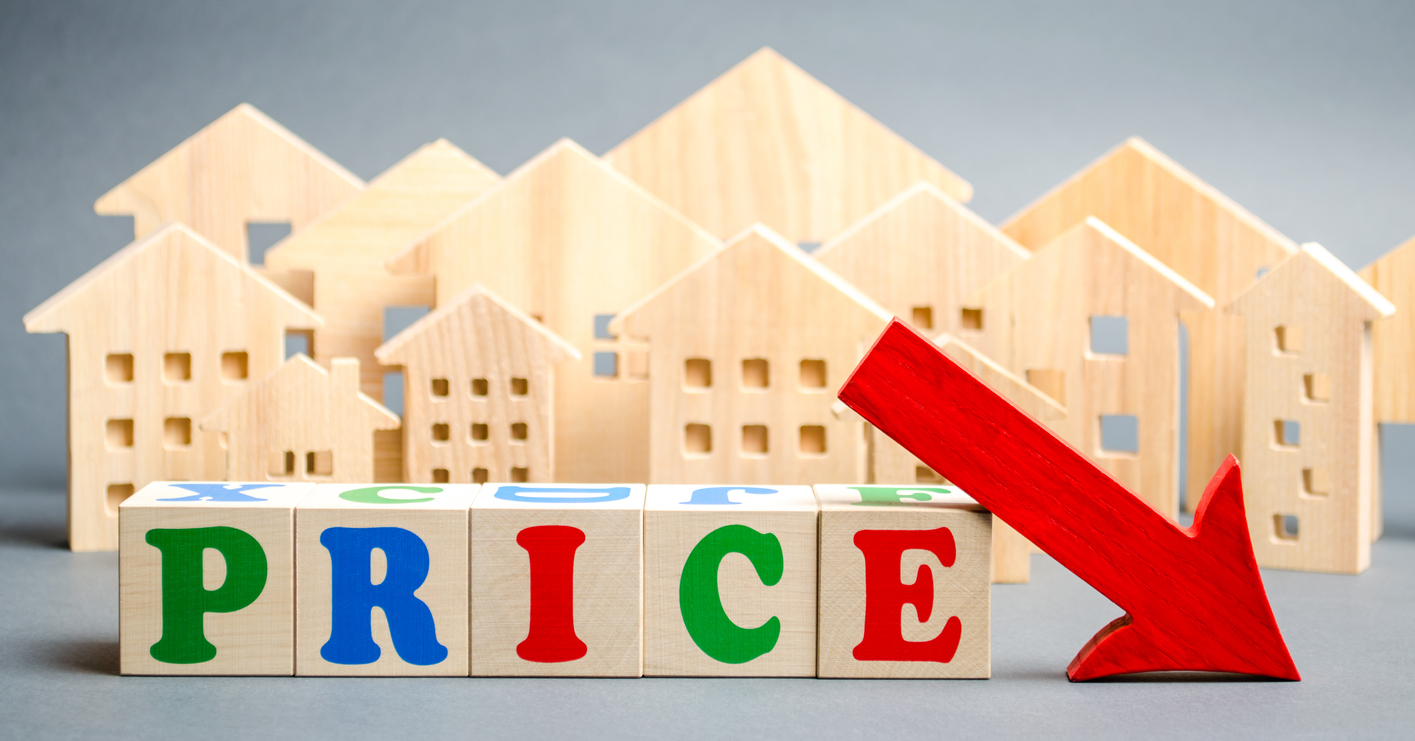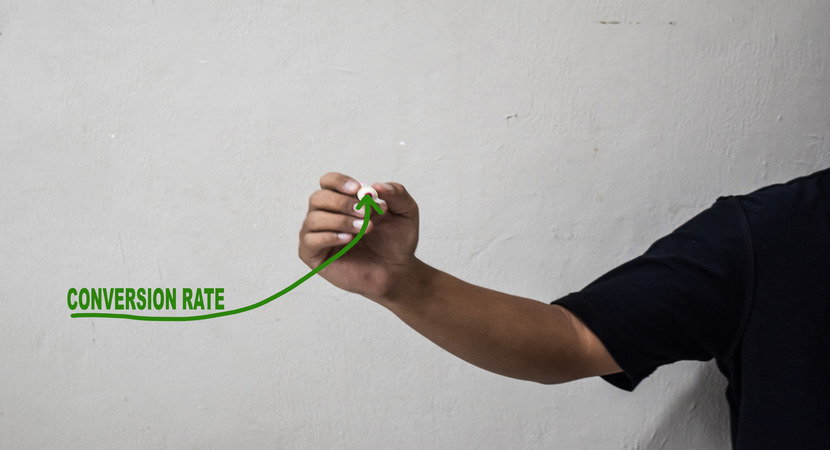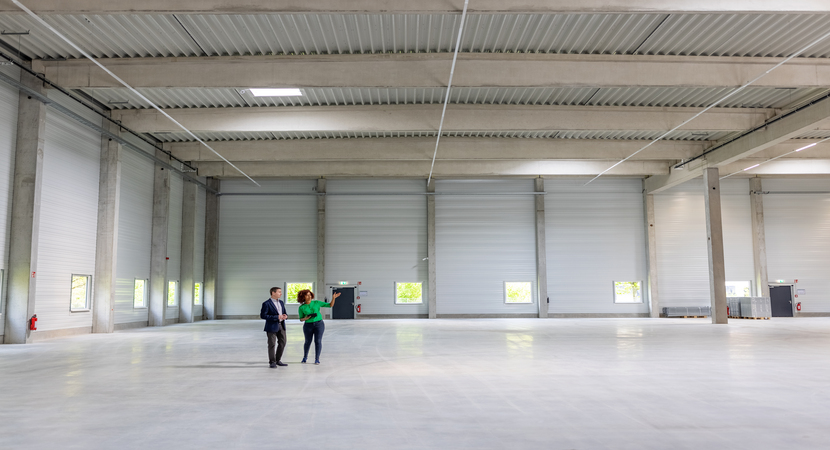Many multifamily owners and operators are feeling the financial squeeze right now, and leveraging renewal rents can be a good way to circumvent this issue.
- Operating expenses have climbed in nearly every statistical category, most notably turnover. Some estimates suggest turn costs equate to 1-3x monthly rent, while others say it’s about $4,000/unit. That doesn’t include vacancy loss or marketing costs, which have also risen.
- Rent prices are cooling nationwide.
- Record numbers of new units are coming to the marketplace, putting more pressure on communities that are already struggling to generate consistent demand.
- Nearly $1 Trillion in multifamily debt is due in the next five years, so it’s more important than ever for owners and operators to ensure their apartment communities are performing at a high level and meeting revenue targets.
Clearly, expense control is going to be a top priority for many property management companies going forward. One of the easier ways to control expenses, of course, is retaining more of your residents. You would avoid expensive turn costs, vacancy loss, and however much it costs to market the particular unit. Yet when it comes to renewal strategies and, more specifically, pricing, most lean toward the traditional multifamily practice of never lowering rents below what a current resident is paying.
It’s time to revisit that old line of thinking because in 2024 it will be more valuable to renew a current resident—even if you lower rent—than to sign a new lease. It’s not only a financial win for your apartment communities, but for your renters, too.
Retaining residents by lowering the renewal rate will earn more revenue than signing a new resident
Let’s break down the mathematical strategy behind lowering renewal rents using these hypothetical numbers:
Current Rent: $1,399/month
Market Rate: $1,299/month
Renewal Rate: $1,299/month
Average Vacancy Duration: 28 Days
Turnover Cost: $2,300
The best way to understand the benefits between winning a renewal at lower costs vs. signing a new lease is to determine lease profit using the following equation:
Lease Profit = Total Rent Revenue – Vacancy Loss – Turnover Costs
We’re capturing the total rent revenue from a 12-month lease minus vacancy loss and turnover costs. Total rent revenue is a straightforward calculation; in our scenario, it’s $15,588/unit ($1,299*12).
So, let’s move on to vacancy loss. We need to account for an average vacancy duration of 28 days, which we’ll do by calculating the daily revenue of a lease using this formula:
Daily Revenue = Market Rate/30.5 days
We’re using 30.5 days to calculate daily revenue because some months have 30 days, others have 31 (and February has 28!). The daily revenue from a 12-month lease at market rate equals $42.59.
Now that you know the daily revenue of the lease, you can calculate vacancy loss with this equation:
Vacancy Loss = (Average Vacancy Duration x (Market Rate/30.5))
Putting it all together, here’s what we need to determine the lease profit:
Lease Profit = (365 x (Rate/30.5)) – (Avg. Vacancy Duration x (Rate/30.5)) – Turnover Costs
Using our scenario data, here is the lease profit when signing a new lease at market rate (each line simplifies one element):
Lease Profit = (365 x $1,299/30.5) – (28 x ($1,299/30.5)) – $2300
Lease Profit = (365 x $42.59) – (28 x $42.59) – $2300
Lease Profit = $15,545.40 – $1,192.52 – $2300
Lease Profit from signing a new lease = $12,052.88
Now, do the same calculation to see the lease profit for renewing a current resident at the market rate (which, in our scenario, is $100/month less than their current rate) and see the difference.
Lease Profit = (365 x $1299/30.5) – (0 x ($1299/30.5)) – $0
Lease Profit = (365 x $42.59) – (0 x $42.59) – $0
Lease Profit = $15,545.35 – $0 – $0
Lease Profit from winning a renewal below current residents’ rent = $15,545.35
Breaking Down the Numbers
Renewing a current resident below their current rental rate amounts to nearly $3,500 in more rent revenue because you avoid turn costs (not to mention marketing expenses) and loss vacancy. Keep in mind, with rent prices falling, all of your current residents will be paying more rent than what you may be offering a new resident when their lease expires. When it comes time for them to begin thinking about renewing, you can guarantee that they’ll look at your website to find out what you’re charging new residents. And if they intend to stay, they would expect to pay close to the same amount.
If you’re unwilling to lower your renewal pricing equal to market rate in a down market, a current resident will view that as your unwilling to reward them for their loyalty. That could create a whole other host of problems—they move out, you have to spend more on maintenance and marketing, implement rent specials, and possibly get a poor review online because you mismanaged that previous resident’s renewal.
Conclusion
In a softening market, consider renewing your leases at the market rate as the math verifies it’s a financial win for reducing expenses in your apartment communities. (Plus, your residents will love it! Win-win.) Another consideration is integrating RentVision’s multifamily revenue management solution into your Rent Manager account. By doing so, you’ll have access to automated pricing by term length for every upcoming lease renewal that’s fair to current residents and your community’s bottom line.
 Register for RMUC.25
Register for RMUC.25





